Current Research Projects
Dual-stimuli activation for tougher bioadhesives |
|---|
| Carbene-based bioadhesives have favourable attributes for tissue adhesion, including non-specific bonding to wet and dry tissues, but suffer from relatively weak fracture strength after photocuring. A dual-stimuli activation method combines light irradiation at elevated temperatures for the evaluation of diazirine depletion and effects on cohesive properties using a customized photo/thermal-rheometer. The measured rheological peoperties are correlated to the kinetics of carbene:diazoalkane ratios via 19F NMR. |
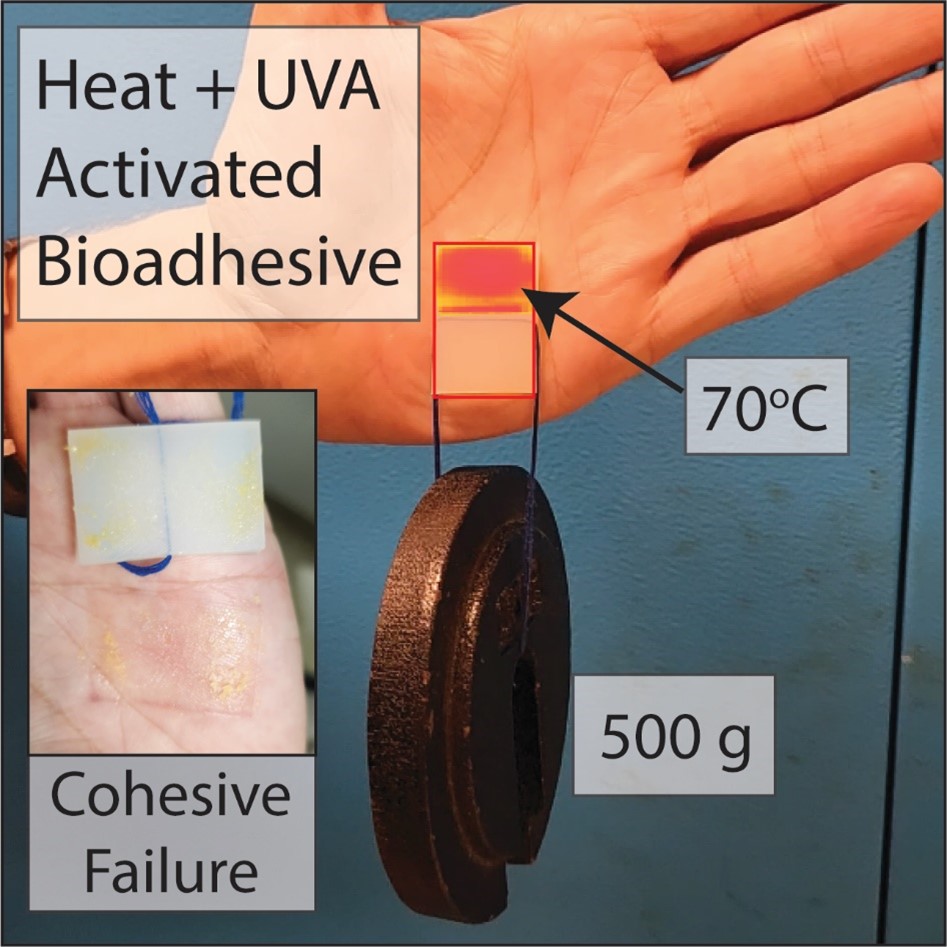 |
| Image from: Tougher Bioadhesives through Dual Stimulation Strategies |
Color changing bioadhesive barrier for peripherally inserted central catheters |
|---|
| Bacteria migration at catheter insertion sites presents a serious complication (bacteraemia) with high mortality rates. One strategy to mediate bacteraemia is a physical barrier at the skin-catheter interface, in this case, CathoGlu. CathoGlu skin adhesive provides new opportunities to prevent sepsis in challenging clinical situations. |
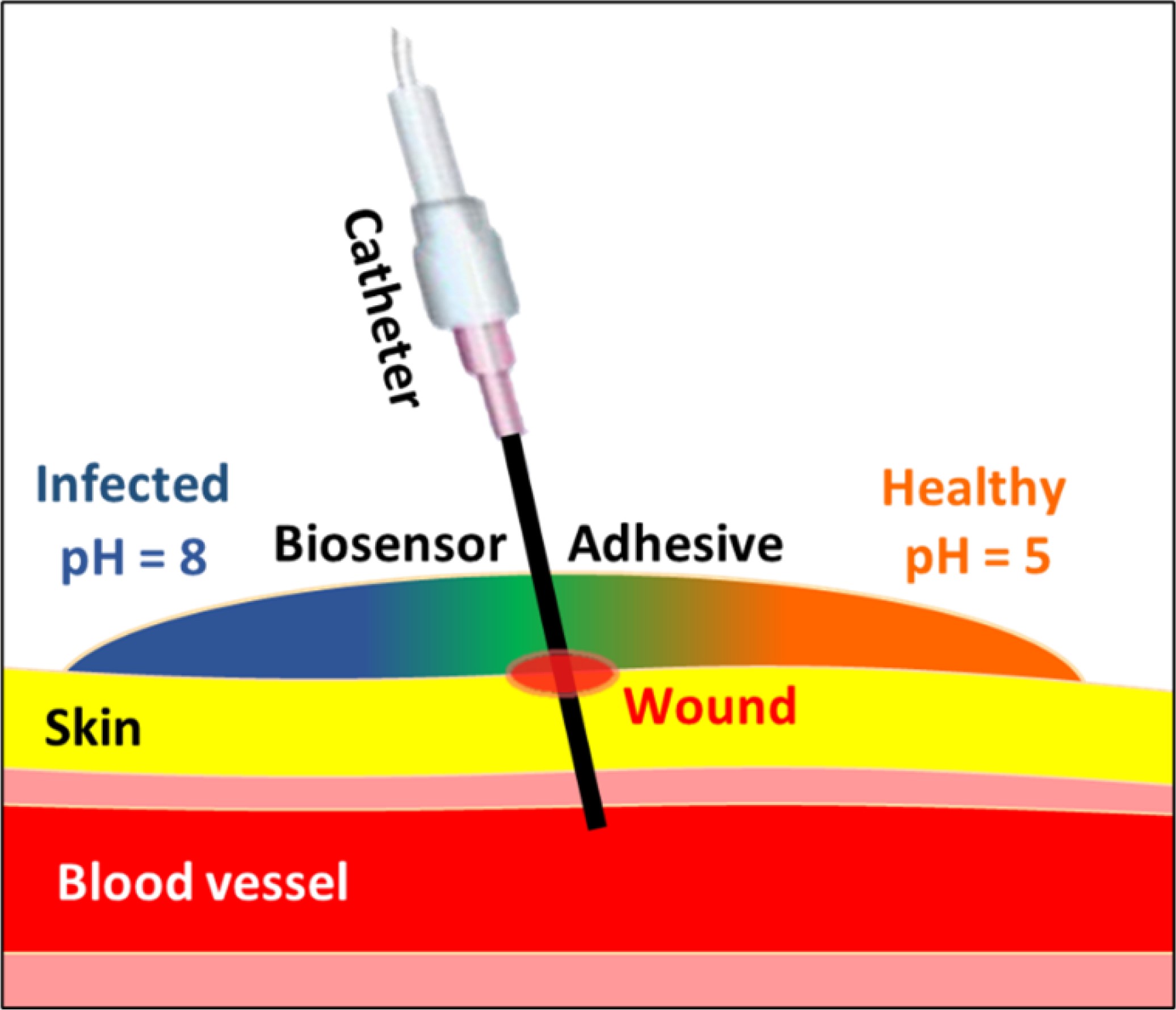 |
| Image from: Color changing bioadhesive barrier for peripherally inserted central catheters |
AC magnetorheology of polymer magnetic composites |
|---|
| Determination of rheological behavior of polymer magnetic composites is required for real-time industrial processing and incorporating advance material feedback loops. A custom-made magneto-rheometer is designed to quantitate viscoelastic adhesives susceptible to alternating magnetic fields (AMFs), allowing optimum process parameters for magnetic field processing of polymer magnetic composites to be determined using a high-throughput approach. |
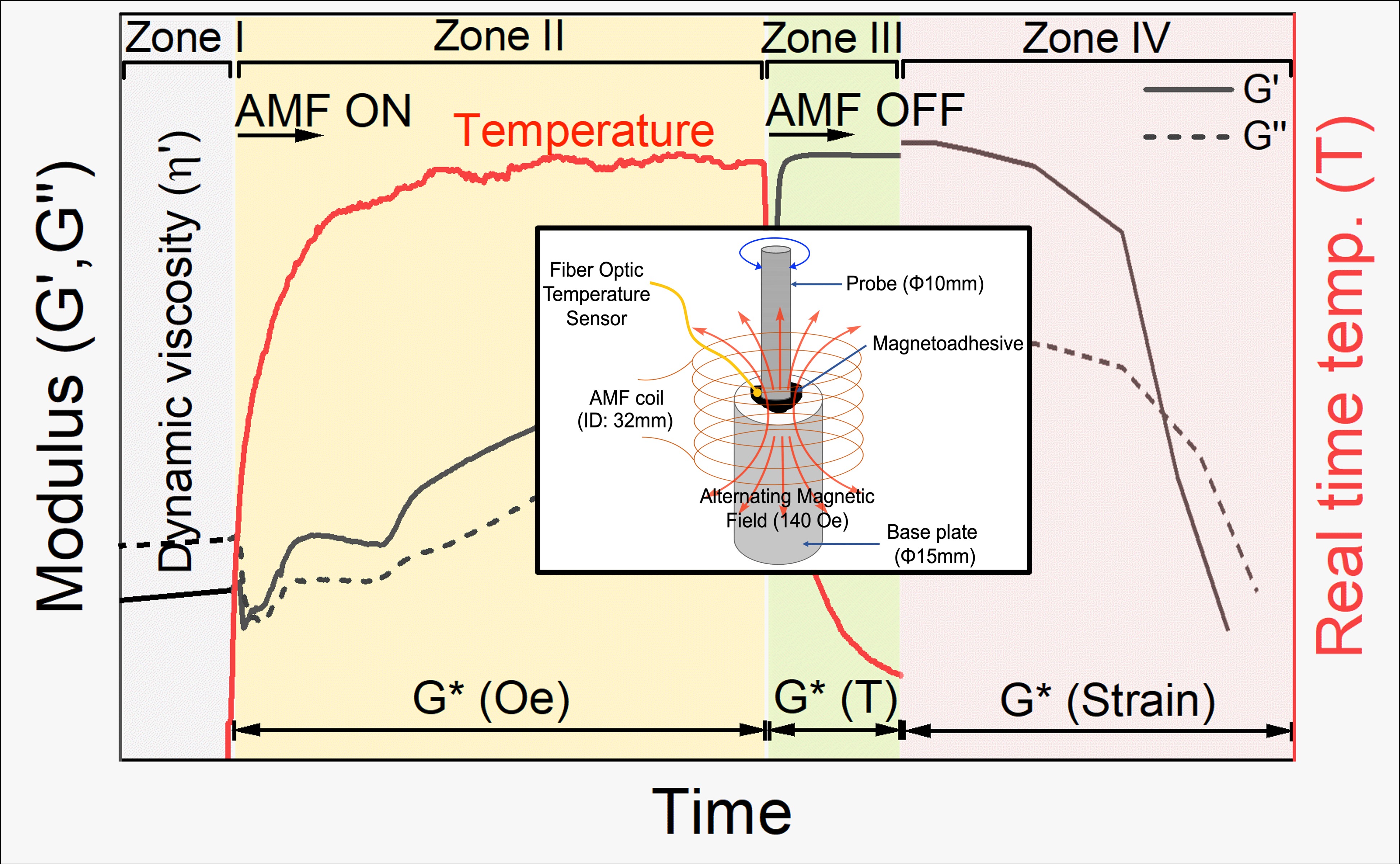 |
| Image from: AC magnetorheology of polymer magnetic composites |
Bacterial cellulose adhesive composites for oral cavity applications |
|---|
| Topical approaches to oral diseases require frequent dosing due to limited retention time. Bacterial cellulose (BC) and photoactivated carbene-based bioadhesives (PDz) are combined to yield flexible film platform for interfacing soft tissues in dynamic, wet environments. The work highlights the first evaluation of BC composites for mucoadhesive treatments in the buccal cavity. |
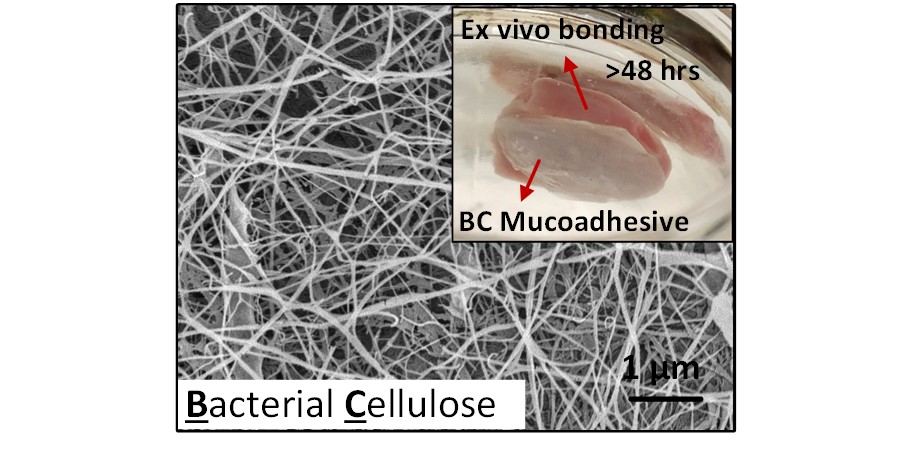 |
| Image from: Bacterial cellulose adhesive composites for oral cavity applications |
Hydrophobic bioadhesive composites for human motion detection |
|---|
| Conductive hydrogels are rapidly rising as sensing materials for bioelectronics applications, but lack mechanical and adhesion strength due to their excess water content. A diazirine-grafted polycaprolactone adhesive (CaproGlu)/carbon nanotubes (CNTs) composite can provide wet adhesion and strong mechanical properties at the tissue–machine interface. The resulting composites are biocompatible and can be used as strain sensors to detect mechanical deformations. |
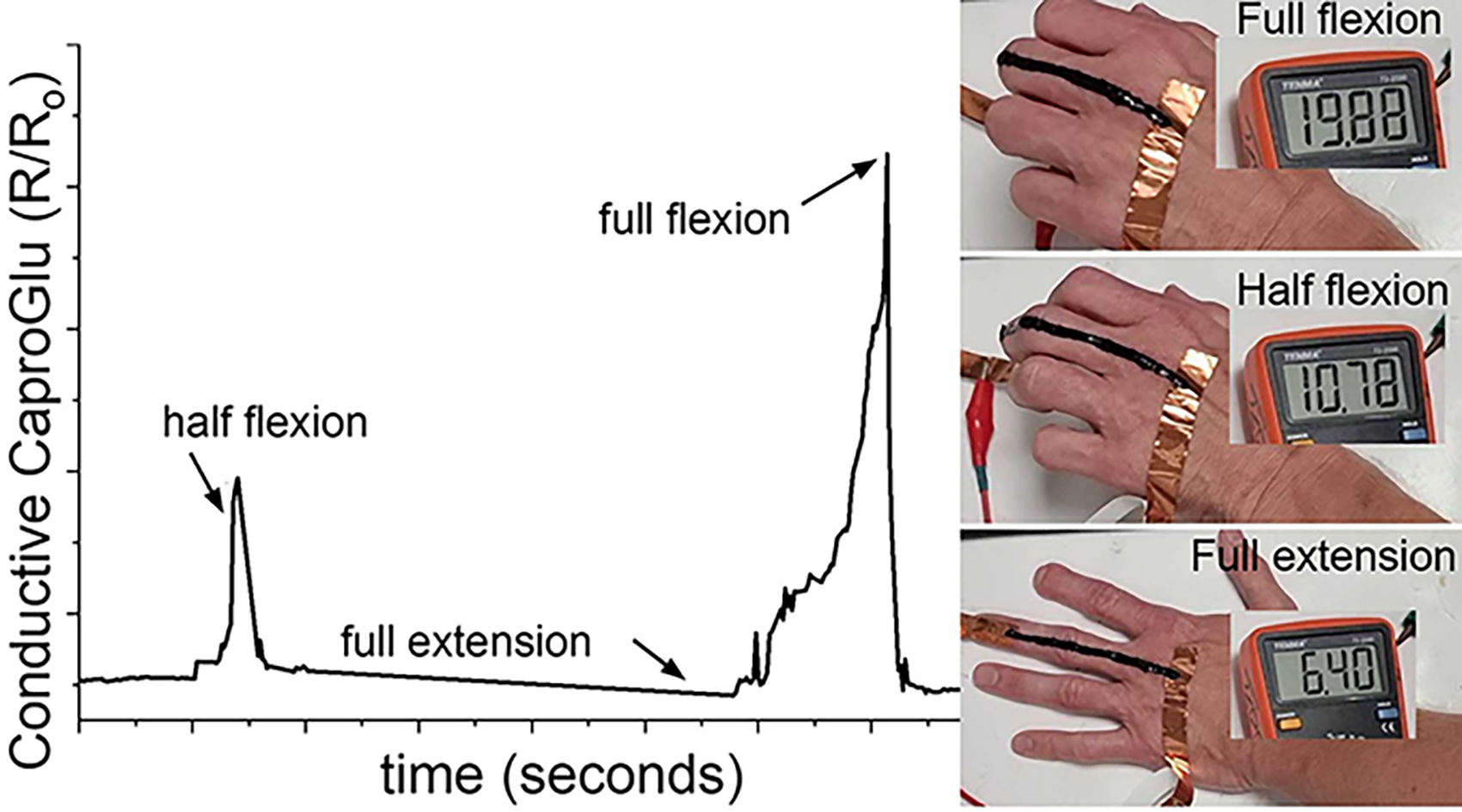 |
| Image from: Hydrophobic bioadhesive composites for human motion detection |
